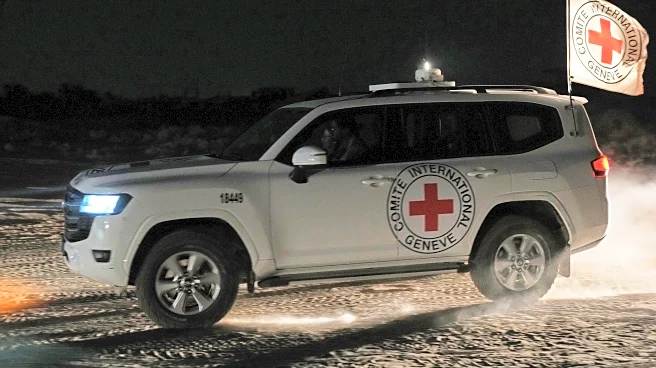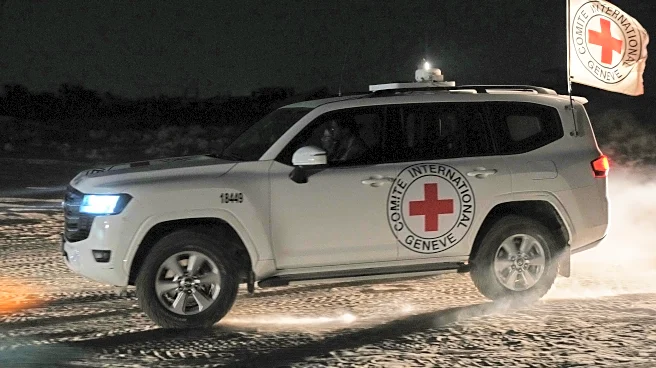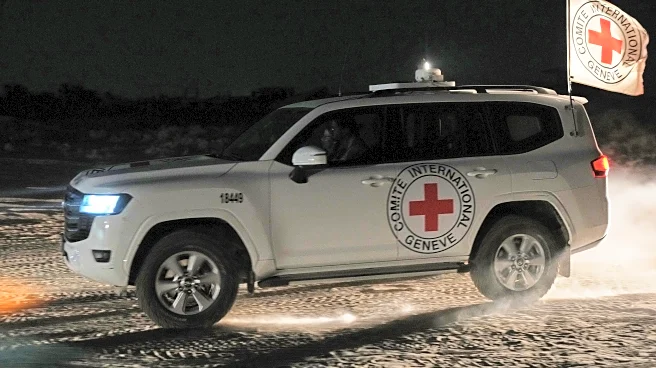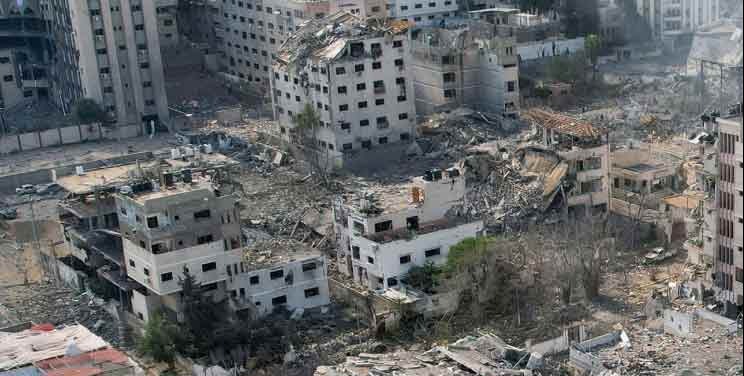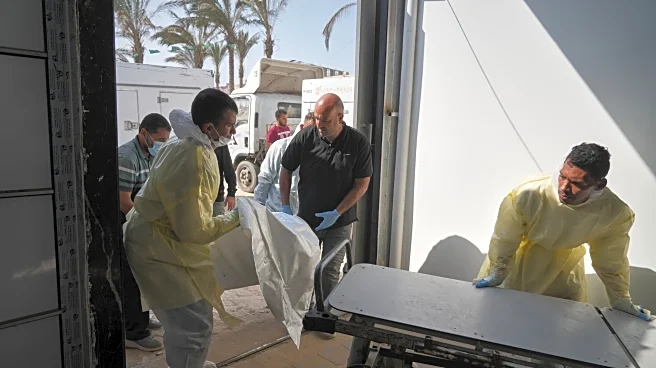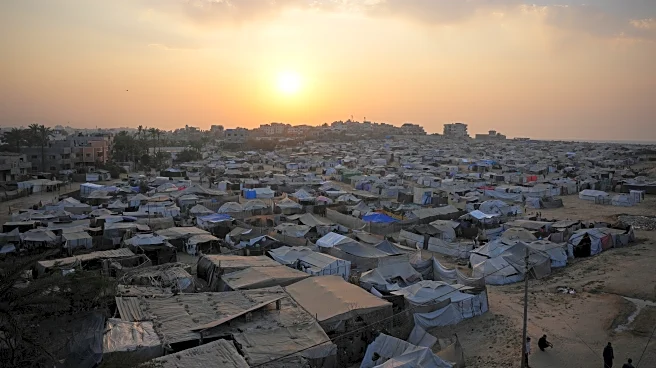What's Happening?
Gaza health officials have reported that the death toll in the ongoing Israel-Hamas conflict has surpassed 69,000 Palestinians, with an additional 170,685 individuals wounded. This significant increase
in casualties is attributed to the recovery of more bodies from the rubble following a ceasefire and the identification of previously unidentified bodies. The ceasefire, brokered by the United States, has facilitated the return of bodies between the conflicting parties. Recently, Israel returned the bodies of 15 Palestinians to Gaza, following the return of an Israeli hostage's remains by militants. The exchange is part of a broader truce agreement, which includes the return of Palestinian bodies for each Israeli hostage. The Nasser Hospital in Khan Younis received the 15 bodies returned by Israel.
Why It's Important?
The high casualty figures underscore the severe humanitarian impact of the Israel-Hamas conflict on the Palestinian population. The ongoing violence has led to significant loss of life and injuries, exacerbating the humanitarian crisis in Gaza. The ceasefire and subsequent exchanges of bodies represent a fragile step towards de-escalation, highlighting the complex dynamics of the conflict. The U.S.-brokered truce aims to reduce hostilities and facilitate humanitarian relief, but the high death toll reflects the deep-seated challenges in achieving lasting peace. The situation continues to draw international attention, with potential implications for U.S. foreign policy and diplomatic efforts in the region.
What's Next?
The continuation of the ceasefire and the exchange of bodies may pave the way for further negotiations between Israel and Hamas. However, the sustainability of the truce remains uncertain, given the history of intermittent violence in the region. International stakeholders, including the United States, are likely to continue diplomatic efforts to maintain the ceasefire and address the humanitarian needs in Gaza. The situation remains fluid, with potential for renewed hostilities if the underlying issues are not addressed.


